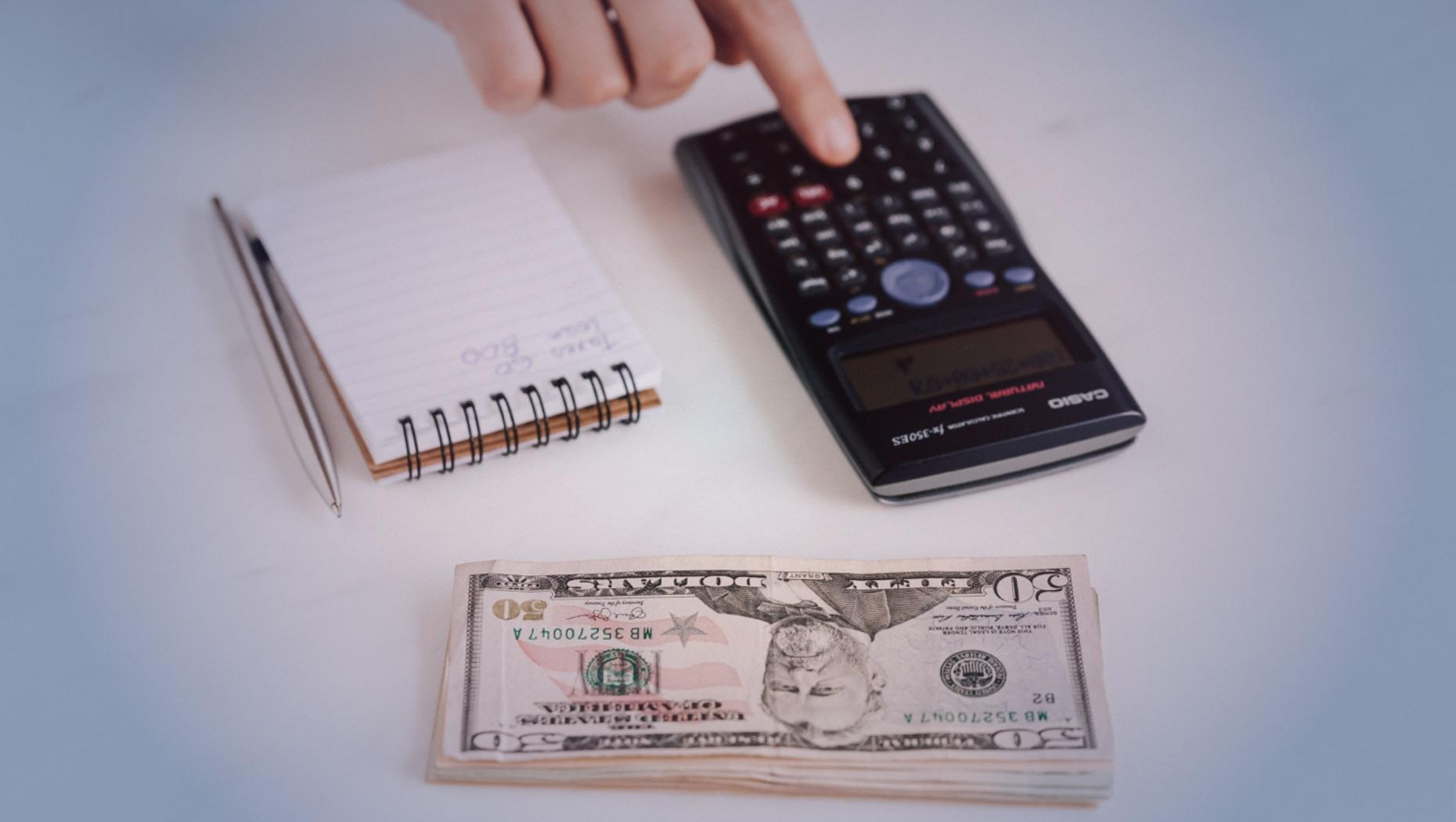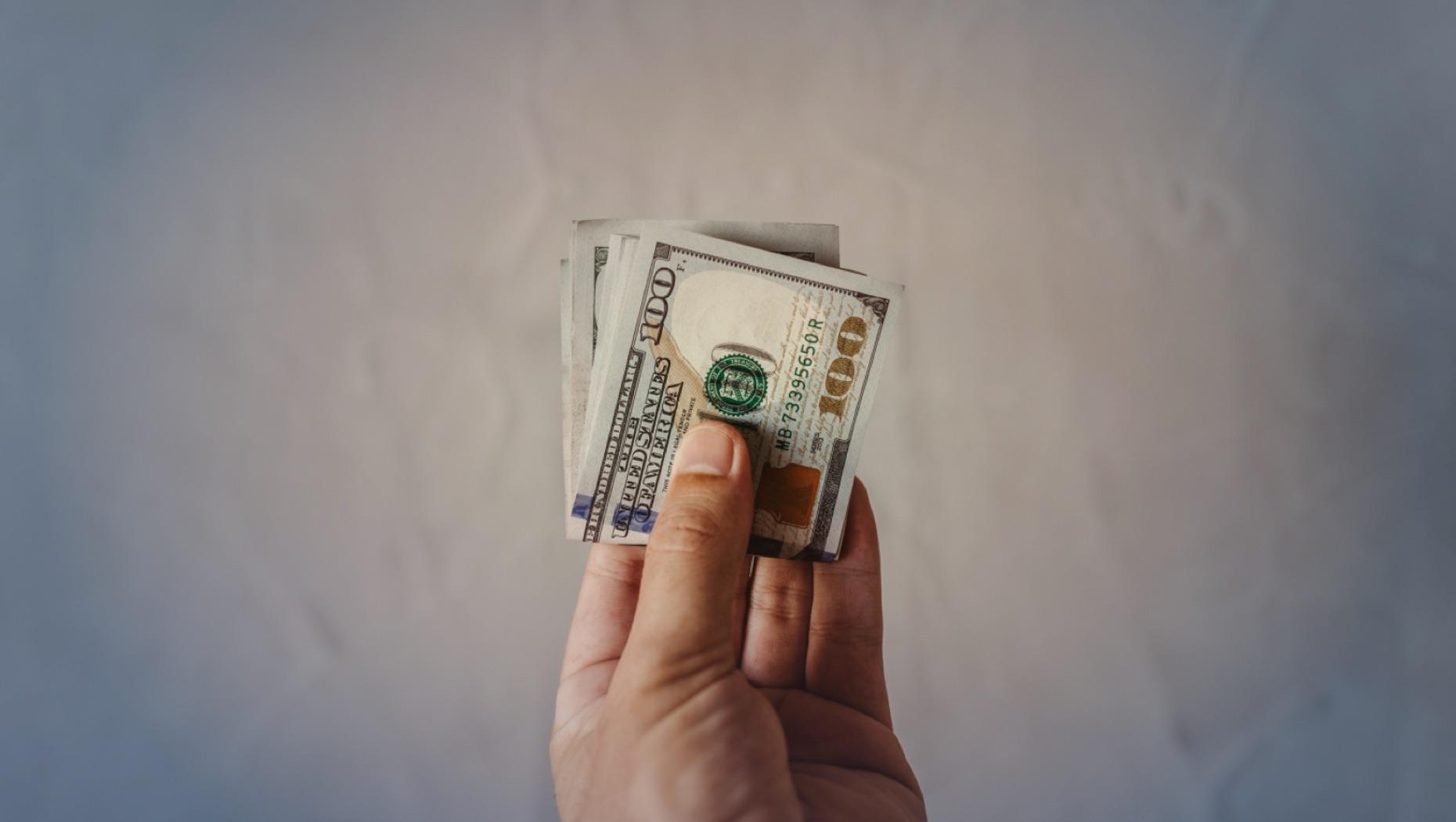Establishing a budget is a big step toward a healthier financial future. However, you’ll need to maintain the budget and plan ahead for expenses. That’s why you should consider using a monthly budget planner. Here we’ll cover what a monthly budget planner is, how to use our free budget planner, and how to budget for different expenses.
What Is a Monthly Budget Planner?
A monthly budget planner is a tool you use to plan out your budget. It can take the form of a spreadsheet, a worksheet, or a monthly planner, or even a budgeting app. It gives you a picture of your finances and lets you track expenses and set goals, like paying down debt and/or growing your savings.
Check out Monarch’s Free FFLO Budgeting Planner here. Just download a copy of this google spreadsheet and enter your own inputs.
Three Types of Expenses to Budget For
When creating a budget, there are certain types of expenses you should plan for. These are fixed expenses, flex expenses, and occasional expenses. Here’s how each of those should fit into your budget.
Fixed Expenses
Fixed expenses are payments you make on a regular basis for around the same amount. Think monthly payments like rent or mortgage, cell phone bills, daycare, and subscription services. These are often payments you can put on autopay and “set and forget.” Taking these regular, fixed expenses out of your planning can free up space for other things. Having them paid and accounted for can help clarify the rest of the budget.
Fixed expenses can make up a large portion of your budget. For example, if you own a home and have young children, your mortgage and daycare costs could eat up 50% or more of your budget. So, you should revisit these expenses every six months or so and determine which can be dropped or reduced.
Flex Expenses
Flex expenses are your everyday spending. These can change from day to day and week to week. Expenses like groceries, house supplies, fuel, clothing, and medical copays fit under flex expenses. These are the expenses that demand the most of your attention to stick to your budget. With your fixed expenses on autopay, your flex expenses are what you need to monitor closely.
There are a couple approaches that will help you budget flex expenses. You can break your flex spend number into a weekly average, then stay under that to fit into a monthly goal. Also consider opening a separate checking account just for flex spending. This way you’ll be encouraged to stay under your flex budget.
Pro Tip: If you’re new to budgeting, the first step is to find your net income. Don’t miss our articles on how to find your net income and budgeting for beginners. You’ll save so much time!
Occasional Expenses
Occasional expenses are bigger expenses that aren’t paid monthly. They can be fixed or flex, but they only come around once or twice a year. These expenses range from things like your car registration to holiday or birthday gifts, to regular travel expenses. For example, if you travel to see family out of state every Mother’s Day, that’s an occasional expense.
Creating a separate account for occasional expenses can be an effective approach toward planning for them. Every month, set aside money to cover these expenses as they arise. As a baseline, it’s smart to work up to six months’ worth of non-monthly expenses saved in this account.
How to Budget for Goals
Along with planning for expenses, you should use your budget to meet savings goals. Your savings should be more than whatever’s left after expenses. Saving is the cornerstone of your financial future. It can prepare you for emergencies, set you up for retirement, and help you plan for big purchases to improve your life.
You need to set a dollar amount every month to go toward meeting goals. Prioritize paying off high-interest debt, but then set goals like building an emergency fund with six months’ worth of pay. Maybe you’re saving for a down payment on a house, too. Once your high-interest debt is paid down, start allocating money directly toward your savings goals.
Just like with expenses, you can create separate savings accounts for your different savings goals. Each account will have its own purpose, such as an emergency fund or down payment fund. You can work with your employer to see if they can split up portions of your check and directly deposit them into these accounts. That way you don’t even have to think about your saving.
Pro Tip: Many experts recommend paying down debt before you start saving for the future, but there’s a good reason to do both at once. See our article: Should I Pay Off Debt Or Put Money In Savings?
Monarch Money for Easy Monthly Budget Planning
While you can certainly use the downloadable, free monthly budget planner above, an app like Monarch Money can simplify your budgeting. It links all your accounts, syncs between family members, tracks income and spending, and gives you a top-line picture of your finances that you can use to move confidently toward your goals and dreams.


